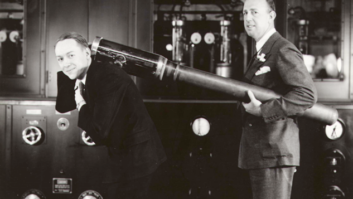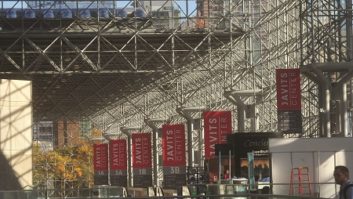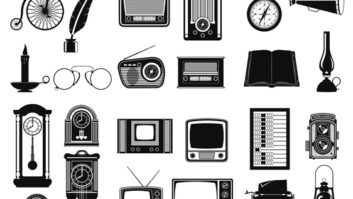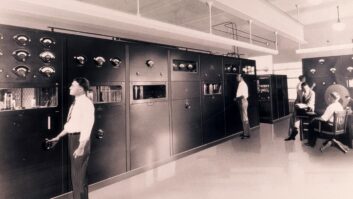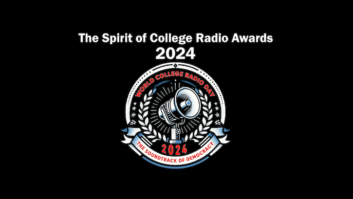This is the tenth installment in a recurring series that looks back at developments that have shaped radio broadcasting during the past 100 years, noting advancements and historical moments month by month. Read September’s story here.
100 Years Ago – October 1924: Speaking at the Third National Radio Conference, Secretary of Commerce Herbert Hoover stated: “I believe that the quickest way to kill broadcasting would be to use it for direct advertising. The reader of the newspaper has an option whether he will read an ad or not, but if a speech by the President is to be used as the meat in a sandwich of two patent medicine advertisements, there will be no radio left.”
75 Years Ago – October 1949: James D. Shouse, Crosley Broadcasting’s president and board chairman, admonished the FCC to grant power increases to AM radio broadcasters as they face growing competition from the television stations now taking to the air. Speaking at a Boston conference, he termed the current 50 kw cap “archaic,” and stated that “even the operators of clear channel stations will find that quality operation to a diminishing audience will be economically impossible within five years.” He added that radio’s salvation does not lie “in reducing all broadcasters to the lowest common denominator.” Referring to continuing power increases for the VOA’s shortwave broadcasts to Soviet Bloc countries, Shouse observed that “Unfortunately, the powerful signal available behind the Iron Curtain is denied to many of our own people who find in the present power limit on stations a real ‘Iron Curtain,’ shutting out adequate reception.”
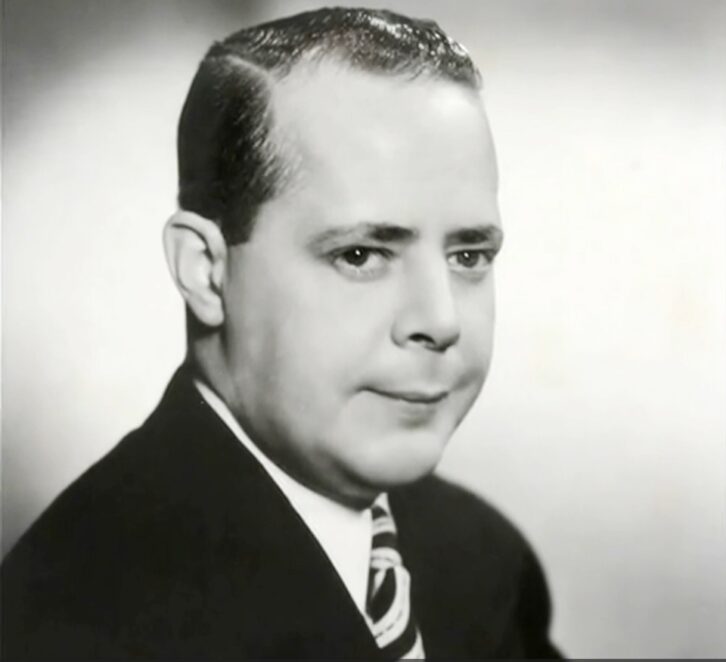
(Photo credit: National Voice of America Museum of Broadcasting)
50 Years Ago – “The day(s) of FM providing only background music, without serious attention to other public service broadcasting, is nearing an end,” declared FCC Commissioner James Quello in a speech delivered at this month’s National Association of FM Broadcasters conference. Quello stated that “in my mind,” the responsibility of FM broadcasters in discharging their public service obligations “increases as your ability to broaden your service, impact your community and generate profits increases,” and added that public service “implies much more than just entertainment programming….”
25 Years Ago – October 1999: Steve Lampen, Belden’s multimedia technology specialist, in an article prepared for Radio World, advocates a move to coax and the use of patch panels designed for video when broadcasters make the move to AES/EBU digital audio. He cites several advantages in using 75-ohm coaxial cable for AES/EBU distribution rather than the 110-ohm balanced lines, including a possible source for “free” distribution amplifiers, as TV folks are retiring 75-ohm analog d.a.s as they rebuild their operations for digital, and these have more than enough bandwidth to handle digital audio. “At least one major Hollywood recording studio is wired entirely with coax running AES/EBU digital,” said Lampen. “They’re all audio, and all coax.”
